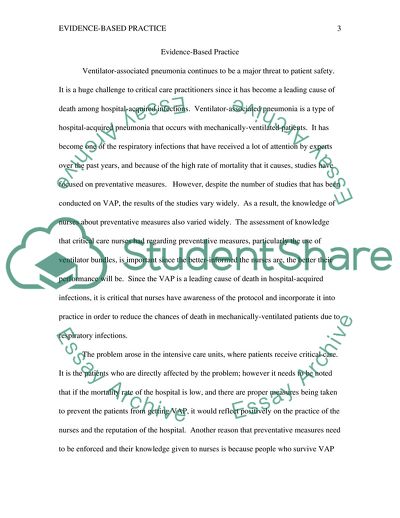Cite this document
(Ventilator-Associated Pneumonia and Nursing Term Paper, n.d.)
Ventilator-Associated Pneumonia and Nursing Term Paper. https://studentshare.org/nursing/1738967-evidence-based-practicenursing
Ventilator-Associated Pneumonia and Nursing Term Paper. https://studentshare.org/nursing/1738967-evidence-based-practicenursing
(Ventilator-Associated Pneumonia and Nursing Term Paper)
Ventilator-Associated Pneumonia and Nursing Term Paper. https://studentshare.org/nursing/1738967-evidence-based-practicenursing.
Ventilator-Associated Pneumonia and Nursing Term Paper. https://studentshare.org/nursing/1738967-evidence-based-practicenursing.
“Ventilator-Associated Pneumonia and Nursing Term Paper”. https://studentshare.org/nursing/1738967-evidence-based-practicenursing.


